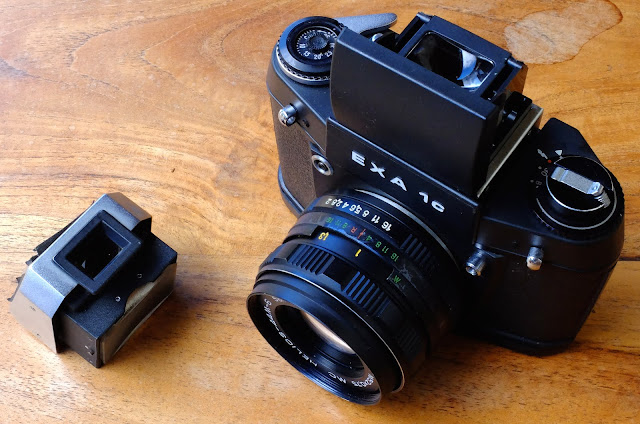Today I received this message from Jonathan Sacks, president of Digital Light and Color and I would like to share it with you.
All Good Things Come to an End
We first released Picture Window and Picture Window Pro roughly 23 years
ago in 1993, and it has steadily evolved from that time to the
present, transitioning from 16- to 32- to 64-bits and from Windows 3.1
to Windows 95 to Windows 10. During that time, we have enjoyed the
support of a dedicated group of users who have helped us improve the
product at each stage.
But nothing goes on forever and the time has come for us to shut the program down. Consequently we will no longer be selling Picture Window Pro or issuing any new releases. We will keep our current web site in place until roughly April 2017, including the message board and download areas, but have already removed the ordering page. For those who wish to download the latest version, Kiril and I have prepared a minor update that fixes a few outstanding bugs and removes all copy protection so a serial number will no longer be needed to activate the program. This final version is already available on the web site for download.
I am working on a total rewrite of Picture Window with a more modern interface that may or may not ever see the light of day. The DL-C.COM domain name is reserved for at least three more years, and we expect to transition to a new and simpler web site next year so Picture Window Pro can remain available for download as freeware.
If you want to be informed of any further developments, please stay on the mailing list. Otherwise please click on the Unsubscribe link at the bottom of the email and you will be removed from the list.
I want to personally thank everyone who has used Picture Window and our other products in the past -- especially those who have helped improve the program over the years by reporting bugs or making feature suggestions. I hope to remain in touch with as many of you as possible going forward.
Jonathan Sachs
President, Digital Light & Color
But nothing goes on forever and the time has come for us to shut the program down. Consequently we will no longer be selling Picture Window Pro or issuing any new releases. We will keep our current web site in place until roughly April 2017, including the message board and download areas, but have already removed the ordering page. For those who wish to download the latest version, Kiril and I have prepared a minor update that fixes a few outstanding bugs and removes all copy protection so a serial number will no longer be needed to activate the program. This final version is already available on the web site for download.
I am working on a total rewrite of Picture Window with a more modern interface that may or may not ever see the light of day. The DL-C.COM domain name is reserved for at least three more years, and we expect to transition to a new and simpler web site next year so Picture Window Pro can remain available for download as freeware.
If you want to be informed of any further developments, please stay on the mailing list. Otherwise please click on the Unsubscribe link at the bottom of the email and you will be removed from the list.
I want to personally thank everyone who has used Picture Window and our other products in the past -- especially those who have helped improve the program over the years by reporting bugs or making feature suggestions. I hope to remain in touch with as many of you as possible going forward.
Jonathan Sachs
President, Digital Light & Color












